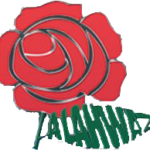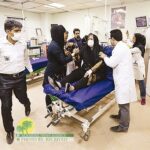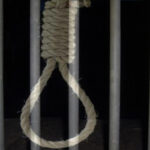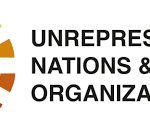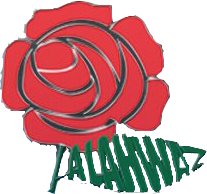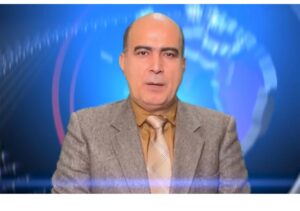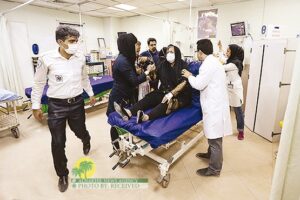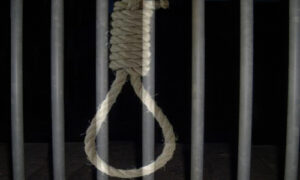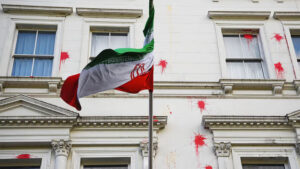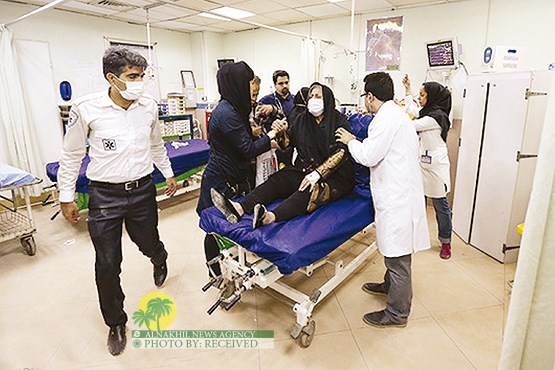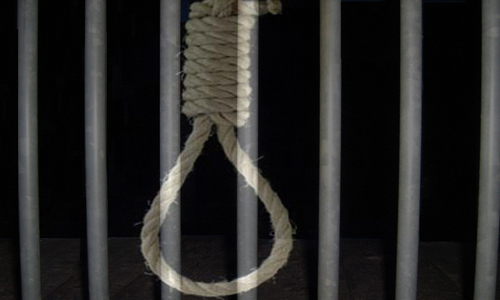Part 1: Ahwaz, a Land Held Captive — A Nation Buried Beneath Occupation
In this series, the writer highlights the systematic erosion of rights endured by both the people and the land of Ahwaz. Despite its vast oil reserves—making it one of the most resource-rich regions in Iran—Ahwaz remains deprived, with its indigenous Arab population facing environmental degradation, economic marginalisation, and the denial of basic human rights.
At the core of this crisis lies the intersection of industrial expansion, environmental neglect, and political oppression—a reality best understood through the lens of necropolitics, where the state dictates who lives, who suffers, and who remains invisible.
A prominent example of the environmental and social injustices in Ahwaz is the operation of desalting facilities by Iran’s National Oil Company. The crude oil extracted from the Ahwaz oil field—one of the largest in the world—contains high concentrations of saline water, primarily sodium chloride. Before refining, this salt must be removed through a desalting process that involves mixing crude oil with water. The environmental consequences of this process are devastating.
The desalting facility near the Ahwaz oil field has expanded rapidly, increasing its capacity from 110,000 to 330,000 barrels per day. This expansion has led to the construction of additional concrete basins to store the resulting contaminated water. Due to inadequate drainage infrastructure and slow evaporation, these basins frequently overflow during rainfall, causing widespread soil and water pollution that directly affects nearby communities.
While oil profits flow to central authorities, the local Ahwazi Arab population lives in poverty and neglect. Despite contributing significantly to the national economy, they endure daily environmental degradation and health hazards. The Iranian government’s prioritisation of oil revenue over local welfare is a stark example of necropolitical governance—where the suffering of marginalised groups is not merely tolerated but structurally maintained.
Oil pipelines and toxic waste storage facilities are often perilously close to residential neighbourhoods. The release of sulphuric acid, airborne salts, and sour gas emissions—including millions of tonnes of carbon dioxide and hydrogen sulphide annually—has severely deteriorated air quality. This pollution has rendered nearby areas uninhabitable and harmed the region’s fragile ecosystem.
Ahwaz is not only a land held captive but also a nation buried beneath occupation—politically, environmentally, and socially. While its oil fuels the state’s economy, the Ahwazi Arab population endures poverty, illness, and exclusion. Their land is polluted, their voices silenced, and their future sacrificed for profit and control.
This article marks the beginning of a broader exposé into the many injustices that have defined life in Ahwaz for decades. In the following instalments, we will examine how fundamental rights have been stripped away—from environmental degradation and public health crises to cultural suppression and economic marginalisation.
In Part 2, we turn our focus to the health crisis exacerbated by unchecked industrial activity. We will explore how toxic emissions, sour gas flaring, and the proximity of oil infrastructure to residential areas have poisoned the air, leading to rising cases of respiratory illnesses, skin diseases, and environmental contamination—all of which continue to be ignored.
As these stories unfold, one truth remains undeniable: the struggle of Ahwaz is not just local, but a universal cry for justice, dignity, and recognition. The fate of Ahwaz can no longer be ignored. It demands attention—and, more importantly, action.
Mayasa
01.05.2025
